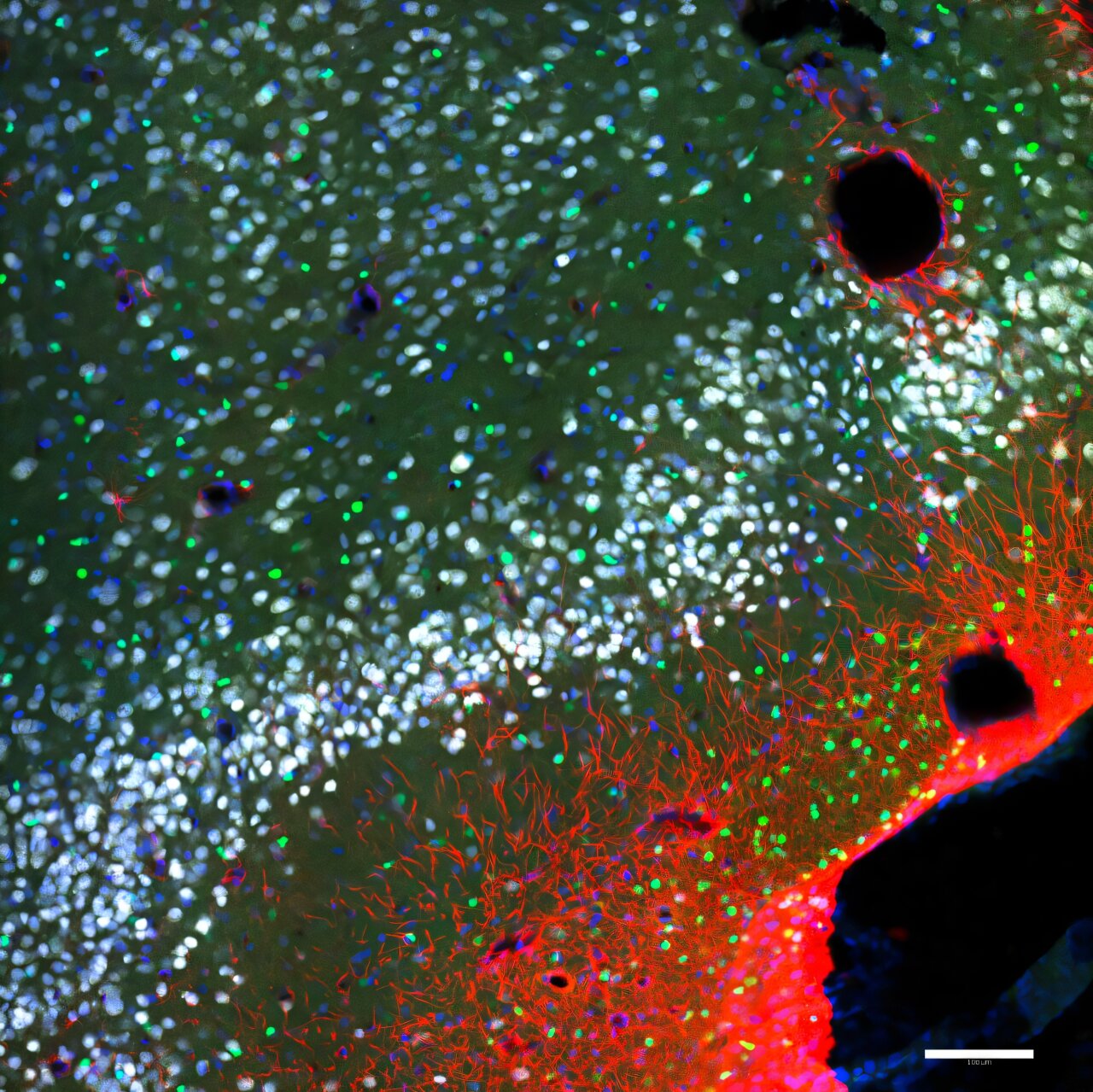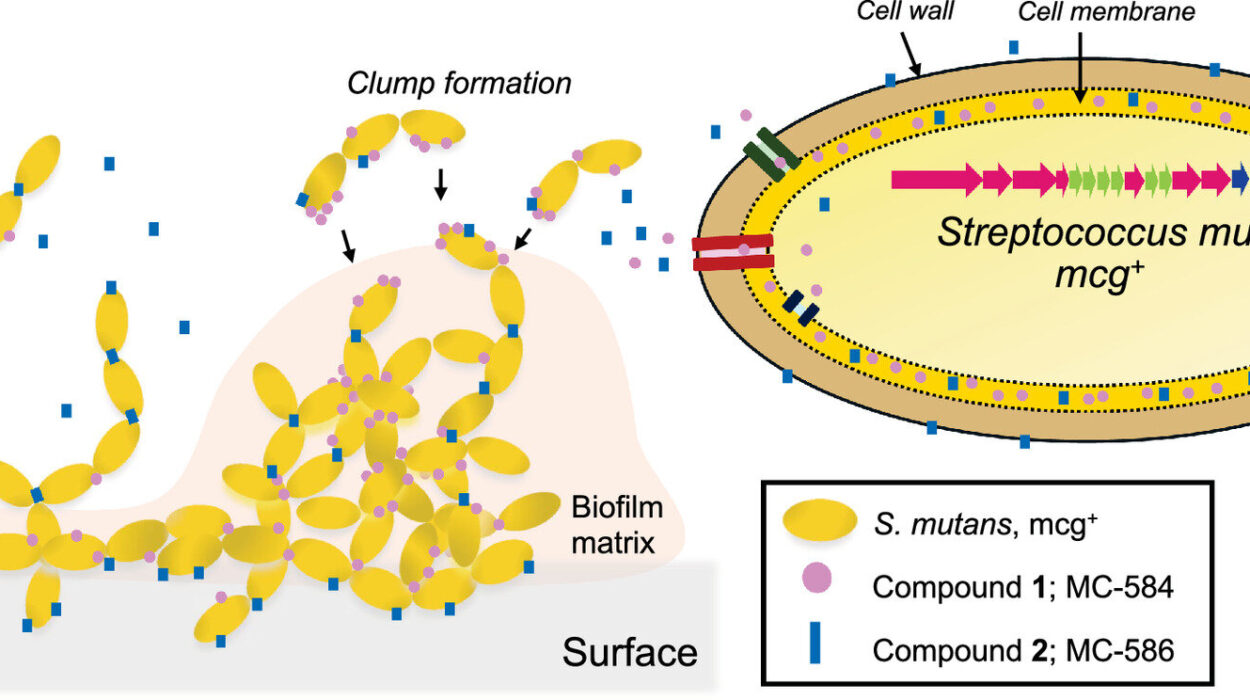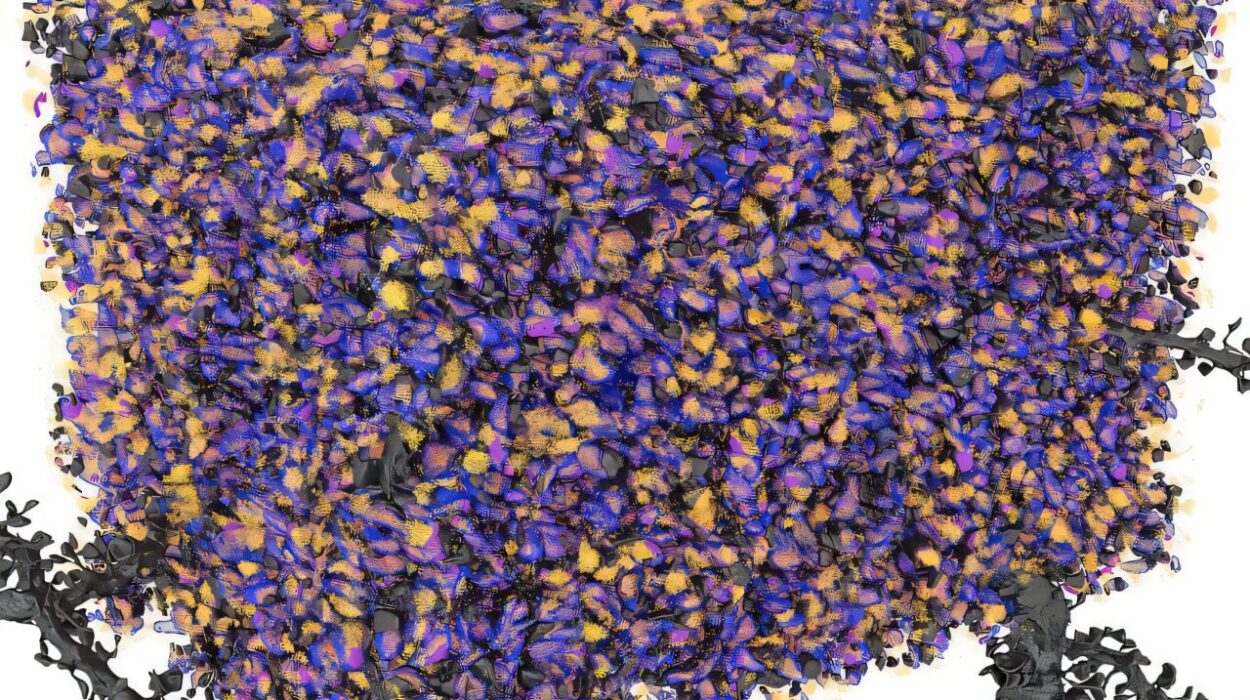For more than a century, the story of the brain has been told as a story about neurons. These electrically active cells, flashing with impulses and forming intricate webs of connections, have been celebrated as the seat of consciousness and the architects of thought. But a quiet revolution is underway—one that challenges this neuron-centered view. A growing chorus of scientists argues that another group of cells, long overlooked, may hold equal or even greater importance in shaping how the brain functions, learns, and fails. These are the glial cells, and their story is beginning to change how we understand ourselves.
Beyond the “Support Cells”
The human brain contains roughly as many glial cells as neurons, yet for decades, glia were dismissed as the brain’s janitors or scaffolding—helpers that kept neurons alive and clean but contributed little to the mind’s complex computations. The very name glia, derived from the Greek word for “glue,” reveals how little credit they were given. But the tide has turned. New tools in genetics and imaging have shown that glia are far from passive. They communicate chemically, regulate blood flow, shape synaptic connections, and influence the electrical activity of neurons themselves.
A new study from the Salk Institute for Biological Studies, led by Terrence Sejnowski, Ph.D., and Shyam Srinivasan, Ph.D., now offers some of the clearest evidence yet that glia play an integral, region-specific role in brain function. Published in PNAS Nexus on October 16, 2025, their findings suggest that the organization of glial cells is not uniform across the brain, as previously thought, but finely tuned to the circuits they inhabit.
Mapping the Hidden Half of the Brain
The Salk team set out to explore a question that has been hiding in plain sight: if the brain’s regions differ so dramatically in function—from memory and movement to smell and emotion—could their glial composition also differ in systematic ways? To answer this, they examined tissues and datasets from multiple mammals, including humans, and focused on four brain areas with distinct purposes:
- The anterior and posterior piriform cortex, involved in smell and emotional processing.
- The entorhinal cortex, crucial for memory, navigation, and time perception.
- The cerebellum, responsible for movement, coordination, and learning.
By combining histology—the microscopic study of tissue structure—with single-cell RNA sequencing, the researchers were able to quantify both the density and the type of glial cells present in each region. The three major glial types—microglia, oligodendrocytes, and astrocytes—each play distinct roles. Microglia act as the brain’s immune cells, oligodendrocytes insulate neurons to speed up electrical signaling, and astrocytes manage communication between neurons and blood vessels, modulating activity and metabolism.
What the scientists discovered upended previous assumptions. The densities and ratios of these cell types varied dramatically between brain regions. For instance, regions responsible for rapid processing or coordination might have different glial compositions than those governing long-term memory or sensory interpretation. This means that glia are not distributed evenly but are tailored to the unique functional architecture of each circuit.
A Conserved Pattern Across Evolution
One of the most striking findings of the Salk study is that these differences are conserved across mammals. Whether in a rodent or a human, the same brain region tends to exhibit the same relative balance of glial cell types. Even more, the ratio of glia to neurons scales consistently across species, suggesting that glia have co-evolved with neurons as integrated partners rather than subordinate assistants.
This evolutionary consistency implies that glial organization plays a crucial role in maintaining the fundamental logic of the brain. Each species may have expanded or refined particular regions for specialized tasks, but the underlying relationship between glia and neurons has remained stable. It is as if evolution has preserved not only the wiring of the brain but also the “cellular harmony” that sustains it.
From Support to Symbiosis
These results add to a growing realization that the brain’s computational power cannot be understood by studying neurons alone. Neurons may carry electrical signals, but glia determine how those signals are nurtured, synchronized, and interpreted. They regulate the flow of ions, clear neurotransmitters, and influence the strength of synapses — the junctions through which neurons communicate. When glia malfunction, the results can be devastating, leading to conditions such as epilepsy, multiple sclerosis, and neurodegenerative diseases.
By comparing regions outside the neocortex, such as the cerebellum and piriform cortex, Sejnowski and Srinivasan’s team demonstrated that glia may even provide a more faithful “fingerprint” of a brain region’s identity than neurons do. This challenges the long-held assumption that neurons alone determine the functional specialization of brain circuits. In other words, glia might be the silent architects ensuring that each region’s neural orchestra plays in tune.
A New Frontier in Brain Research
Until recently, many neuroscientists assumed that glial organization was more or less uniform throughout the brain. The Salk study reveals the opposite: glia are as diverse and specialized as neurons themselves. The discovery opens a new frontier for understanding how the brain develops, how it learns, and how it deteriorates with age or disease.
For decades, treatments for neurological and psychiatric disorders have focused primarily on neurons — adjusting their signaling with drugs that affect neurotransmitters or electrical activity. But if glia are co-pilots in shaping those signals, then therapies that target glial function might prove equally, or even more, effective. Future research may uncover ways to fine-tune glial activity to protect against Alzheimer’s, restore myelin in multiple sclerosis, or enhance recovery after injury.
The implications extend beyond medicine. Understanding glia’s influence could reshape artificial intelligence, brain-inspired computing, and robotics. Neurons process information rapidly, but glia coordinate the context and stability of those processes. A model of cognition that ignores glia may be missing half the equation.
The Quiet Revolution
The story of glia is a story of scientific humility. For much of history, neuroscience looked at the brain and saw only the sparks—the electric chatter of neurons firing. The quieter cells that filled the spaces between were considered background noise. But as the Salk study shows, those spaces are not empty; they are alive with orchestration, regulation, and purpose.
Terrence Sejnowski, a pioneer in computational neuroscience, and Shyam Srinivasan, whose expertise bridges anatomy and physiology, have helped reveal a richer picture of the brain: one in which every thought, memory, and emotion emerges from the partnership of neurons and glia. Their work does not diminish the importance of neurons; rather, it completes the picture by acknowledging the other half of the equation.
Toward a More Complete Understanding of the Mind
The realization that glia vary region by region and evolve alongside neurons marks a turning point in neuroscience. It means that our brains are not simply networks of electrical impulses but ecosystems of interdependent cells, each contributing to the balance and beauty of cognition.
As researchers continue to uncover glia’s roles in learning, memory, and disease, our understanding of the brain will grow deeper, more integrated, and more human. For the first time, we can begin to see the brain not merely as a machine of circuits, but as a living community — one where neurons and glia together compose the symphony of thought.
In this new vision of neuroscience, the “silent partners” of the brain are silent no longer. They are speaking through the careful work of researchers, revealing that what truly makes the brain extraordinary is not one type of cell, but the harmony between many. The age of glia has begun, and with it comes a more complete story of what it means to think, to remember, and to be alive.
More information: Antonio Pinto-Duarte et al, Conservation of glial density and cell-type ratios within a brain region across mammals, PNAS Nexus (2025). DOI: 10.1093/pnasnexus/pgaf314






